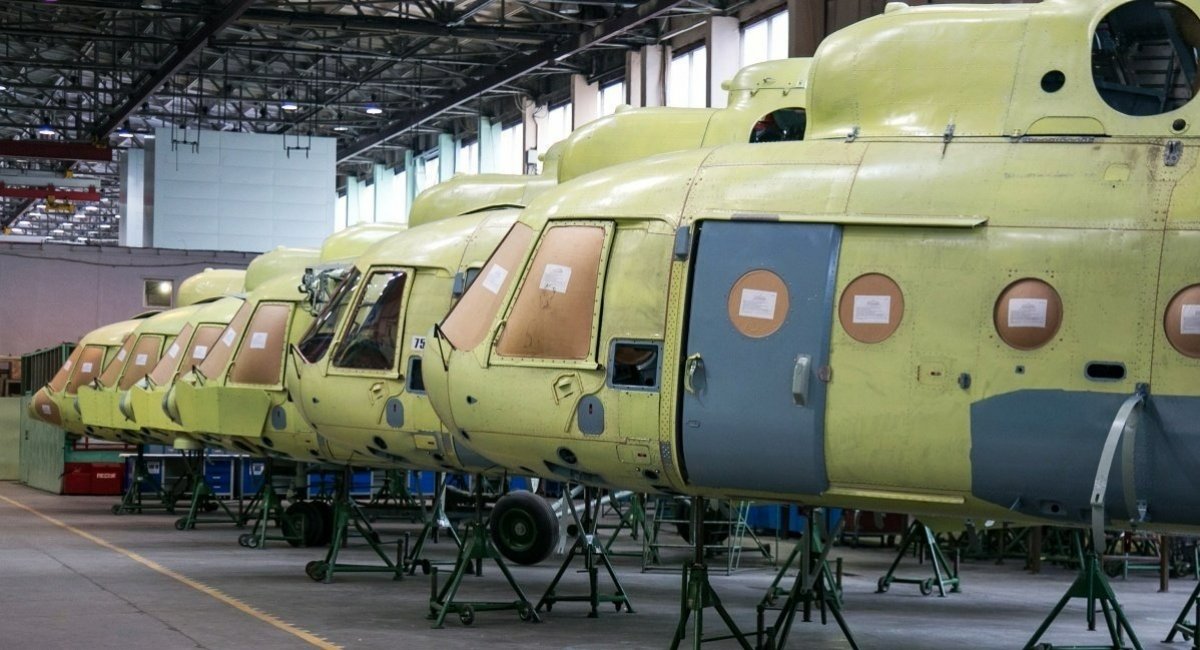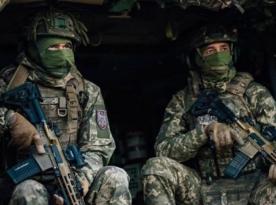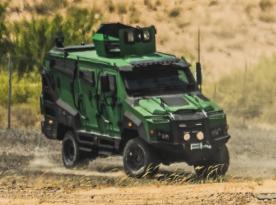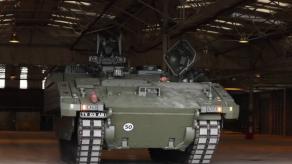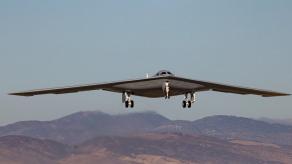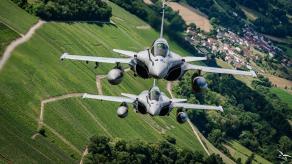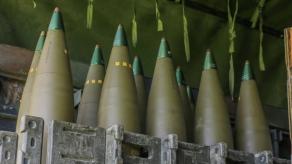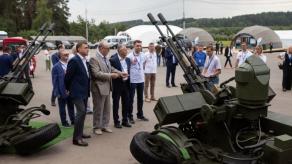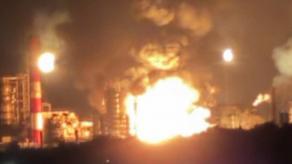Production of Mi-17 helicopters takes place at two facilities in russia — one in Kazan and another in Ulan-Ude — but despite decades of discussion, the russians are yet to solve the problem of unifying these production lines.
The result is two essentially different machines under the same name causing logistical and operational problems, especially at a time of war against Ukraine.
Read more: Spending Billions on Tanks and Helicopters, Poland Can't Find Money For Anti-Drone Systems
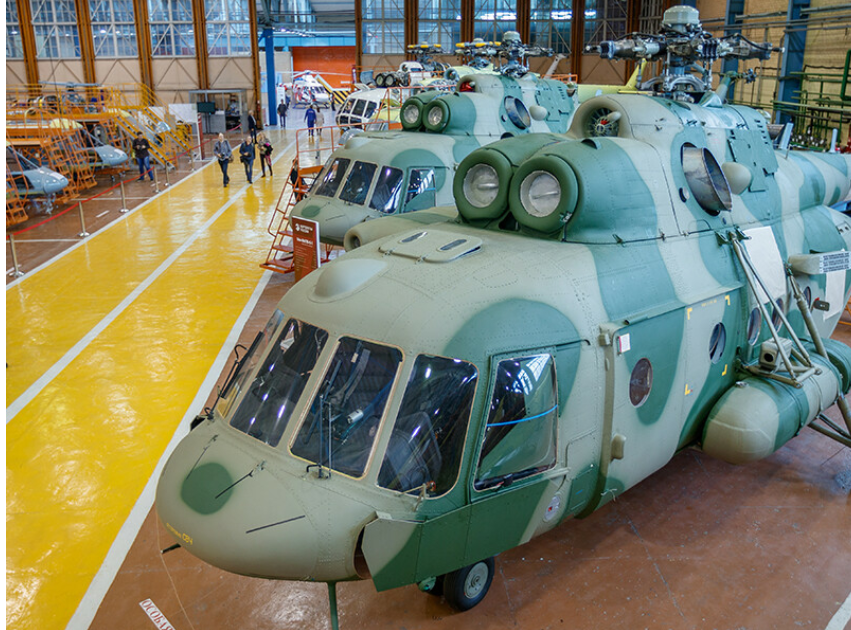
In theory, russia could have addressed this fragmentation through a shift to new-generation helicopters such as the Mi-171A3 or the Mi-80 project. But neither program has reached mass production. As a result, the russian defense sector remains stuck with a split production system, compounded by problems due to different components needed.
The issue was revisited in a piece by the russian outlet Business ONLINE, highlighted by the bmpd blog, an unofficial publication of the Centre for Analysis of Strategies and Technologies. This detail just goes to show how long the problem has persisted without resolution.
The russian sources emphasize that the Mi-17 helicopters require some 40,000 different spare parts. That figure alone poses a significant logistical burden, and it becomes critical when the helicopters need quick repairs in field conditions during war operations in Ukraine.
The specific differences between the Mi-17s built in Kazan and those from Ulan-Ude are substantial. They include discrepancies in power supply architecture, fuel tank designs, door and engine hood construction — enough that maintenance personnel must follow entirely different servicing protocols for each variant.
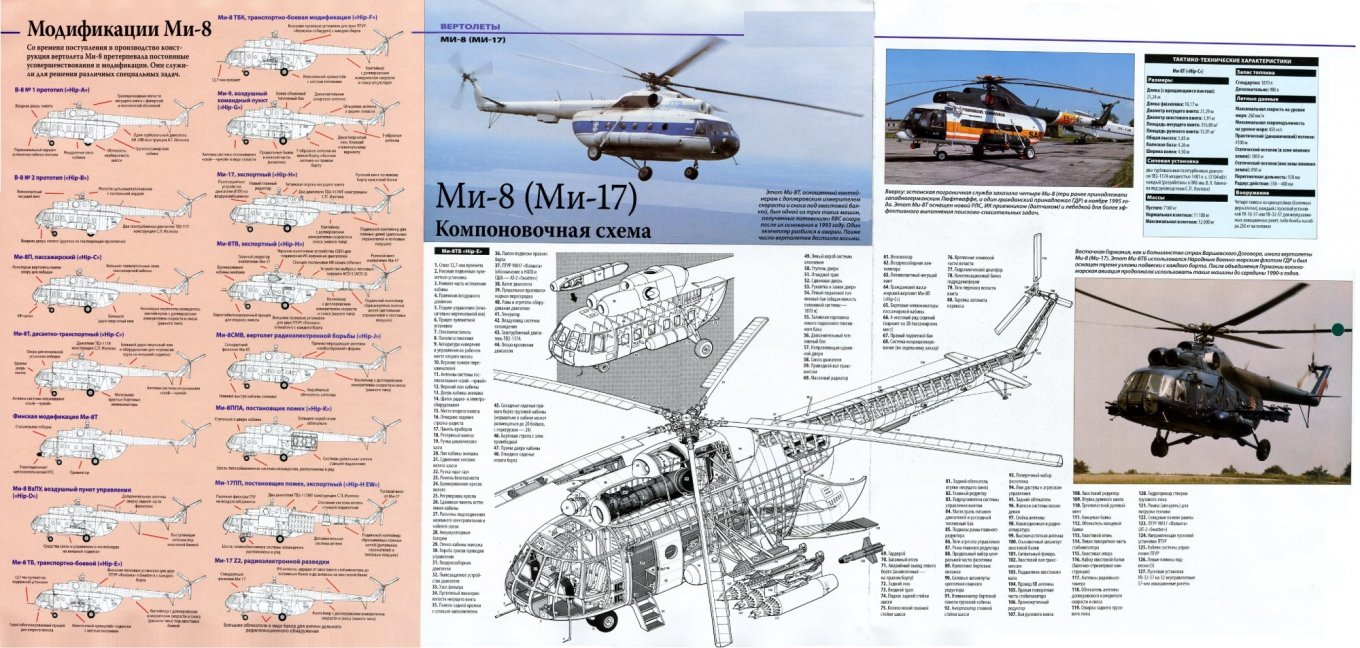
The logical solution would be to standardize production across both facilities, yet despite more than a decade of discussions, no such unification has been implemented.
The Mi-171A3, which first flew in 2022, looked promising in theory: the idea was to launch production of this helicopter in sufficiently large quantities to replace older Mi-17s and gradually unify the helicopter fleet.
In practice, it did not go as planned. The machine was originally designed as an offshore helicopter for servicing oil rigs, with high technological complexity raising the price to 1.1 billion rubles per unit. Its range is also a drawback: with 22 people on board, it flies only 450 km, compared to the Mi-17's 900 km range.
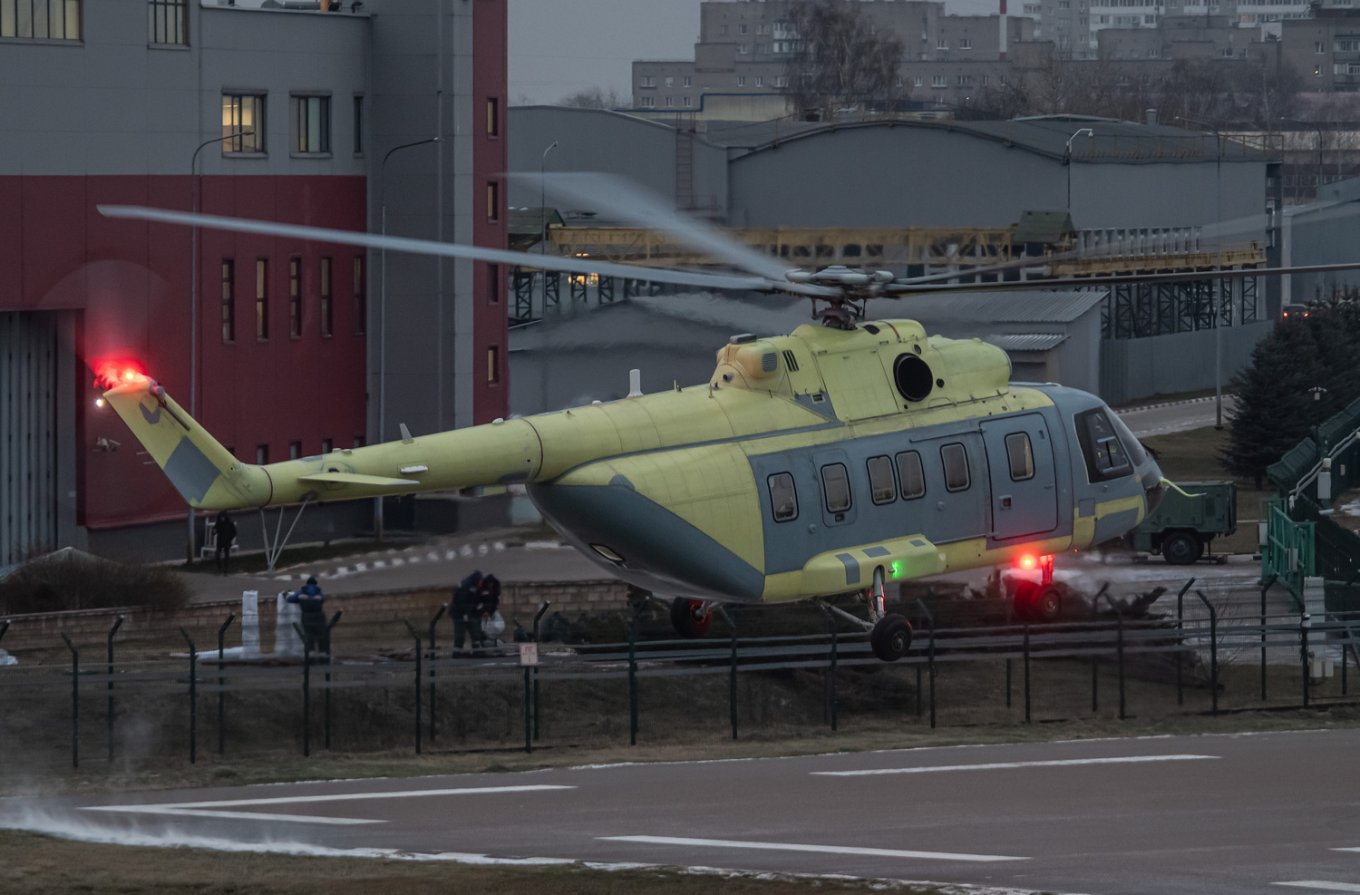
Another potential solution is the revival of the Soviet-era Mi-80 project, locally dubbed the "super eight." This helicopter was envisioned as a unified replacement that could be manufactured at both Ulan-Ude and Kazan. Its design included upgrades such as a modified swashplate, fully new avionics, composite rotor blades, and a reinforced transmission.
Yet despite all the efforts of Soviet engineers in previous years, the Mi-80 remains only on paper. Not even a prototype exists. Given current constraints, developing it into a working platform could take at least several years.
Read more: Ukraine to Repair Airbus Helicopters Locally After Confrontation Over russian Titanium



